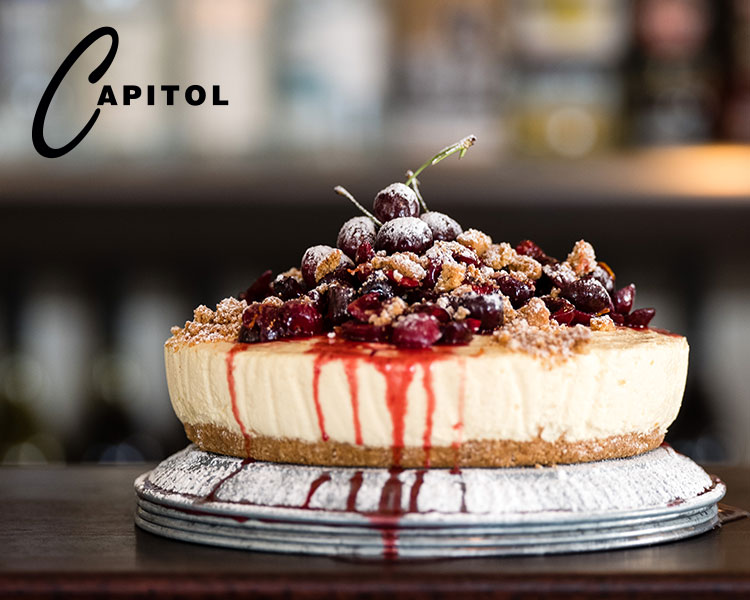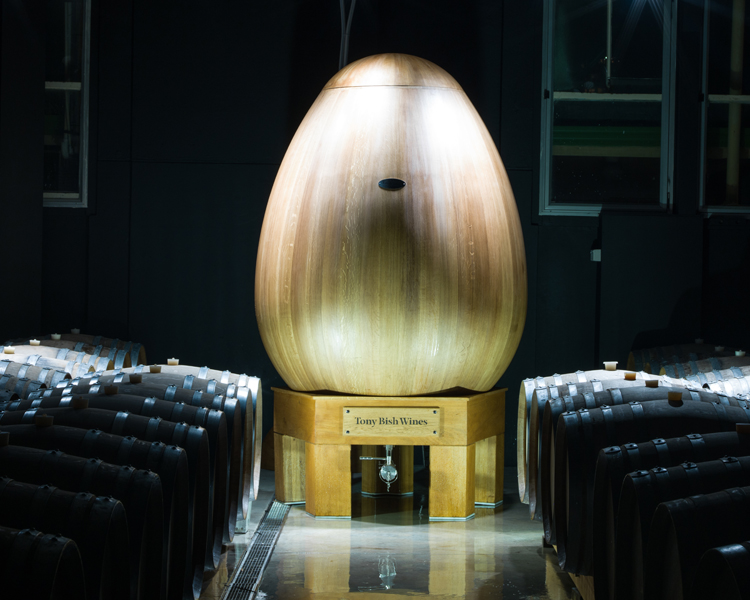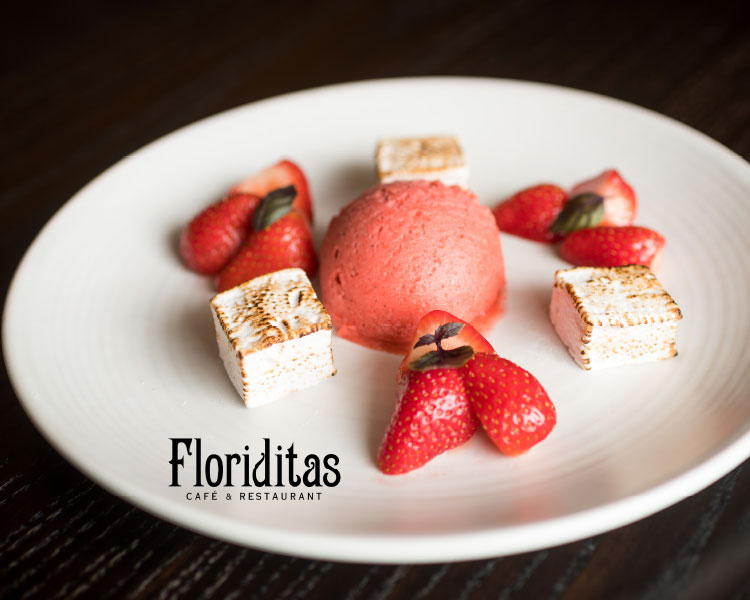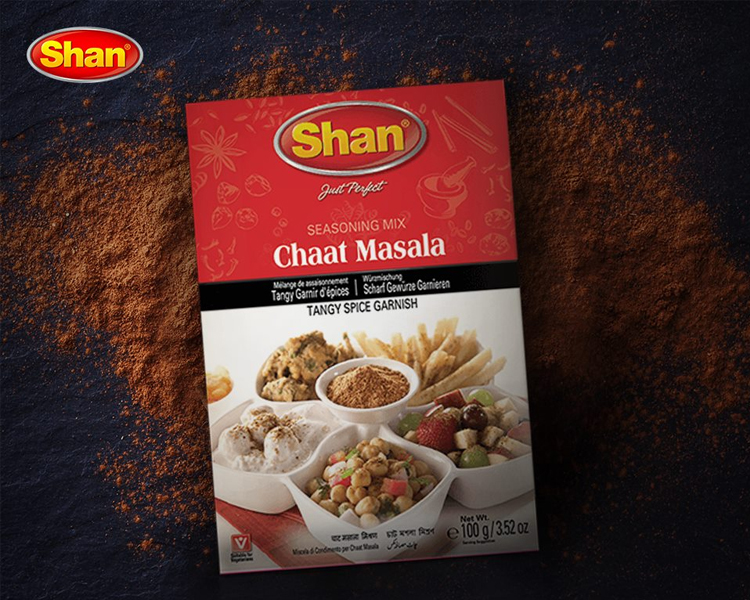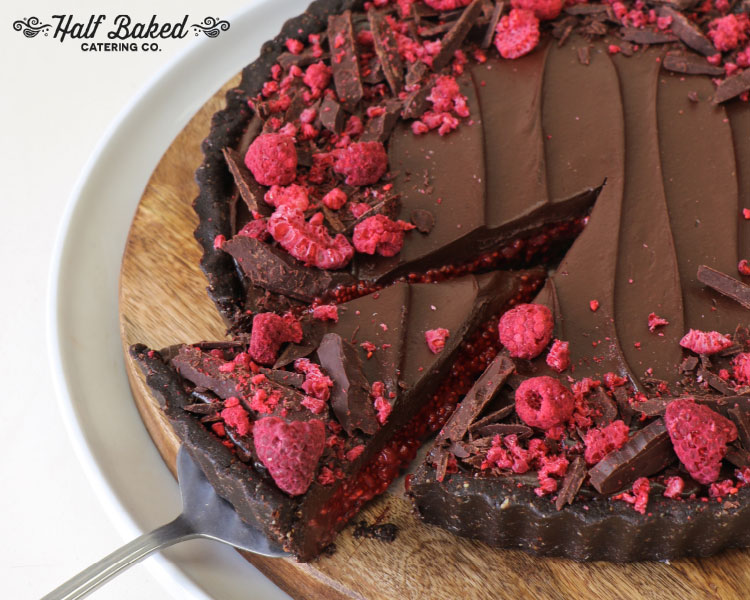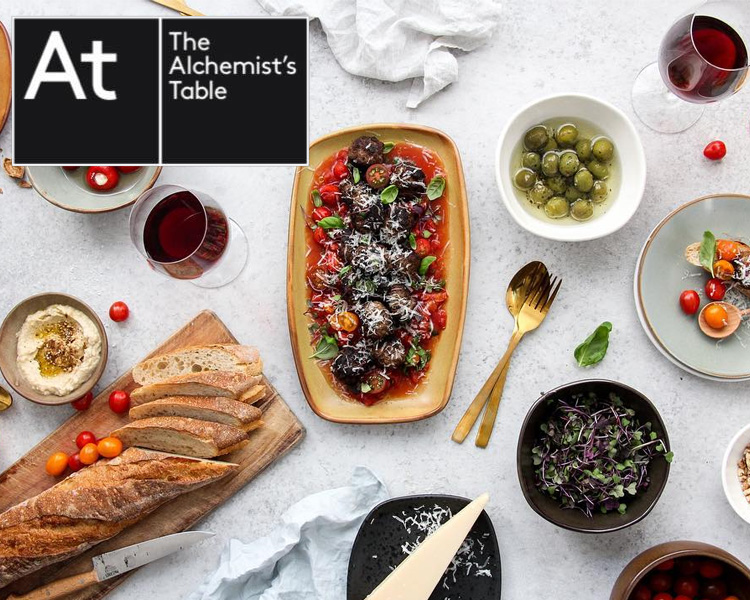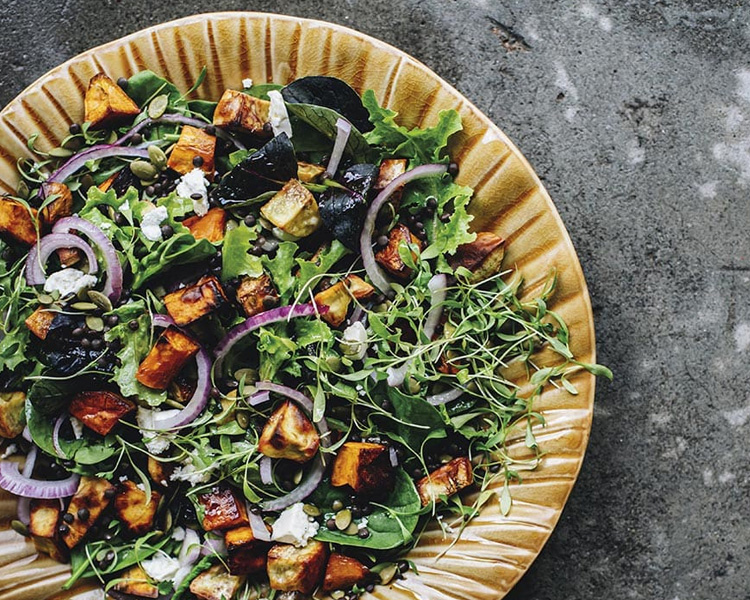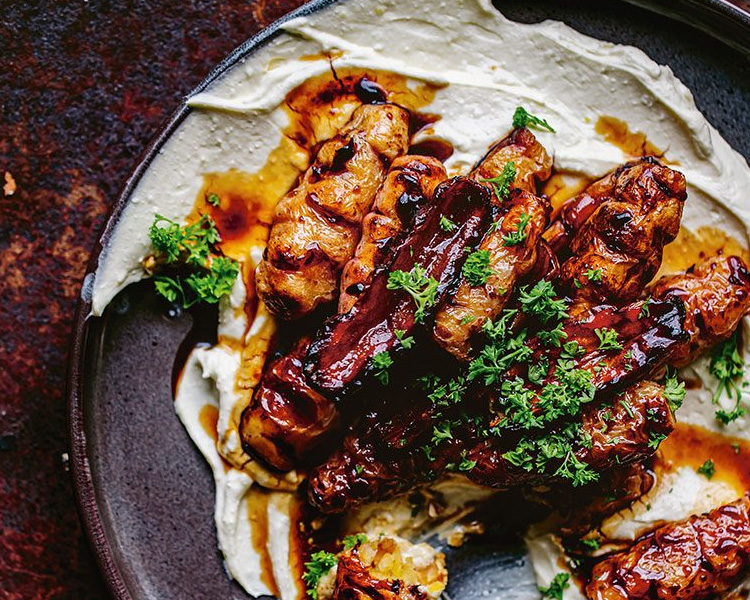Woodhaven Gardens
Woodhaven Gardens is a family run commercial growing operation located on the fertile plains of the Horowhenua Region in New Zealand. We have production in excess of 1800 acres, producing and distributing both nationally and internationally. Woodhaven is recognised as one of the leaders in the industry.
In 1978 father and son, Eric & John Clarke, established Woodhaven Gardens in an attempt to create a lifestyle that would derive a small income while allowing them the freedom to care for John’s mother who had Multiple Sclerosis. This lifestyle choice soon became an unquestionable passion for producing the best produce possible.
Since its inception Woodhaven has witnessed many industry based changes from the cessation of the auction system, to the introduction of quality assurance programs such as New Zealand Gap. Their growing practices have also changed dramatically. Many a night in summer was spent hand watering plants from a trailer mounted tank, now they irrigate via automated irrigation systems. Planting was all done by hand but is now done via cell transplanting, there has also been major advances in integrated pest management and how crops are produced allowing us to achieve healthier products and more sustainable production.
One of the keys to the farm’s success has been the ability to adapt and in some cases pre-empt these changes. 42 years on Woodhaven Gardens is still very much a family owned and operated business, with John’s daughter Emma being involved in the day to day running, and son Jay leading special projects. Woodhaven Gardens has a strong sense of its own history, but with an even stronger focus on the future.
You can find various products grown by Woodhaven at Moore Wilson's Fresh Market, including lettuce, spinach, silverbeet, celery and radish.

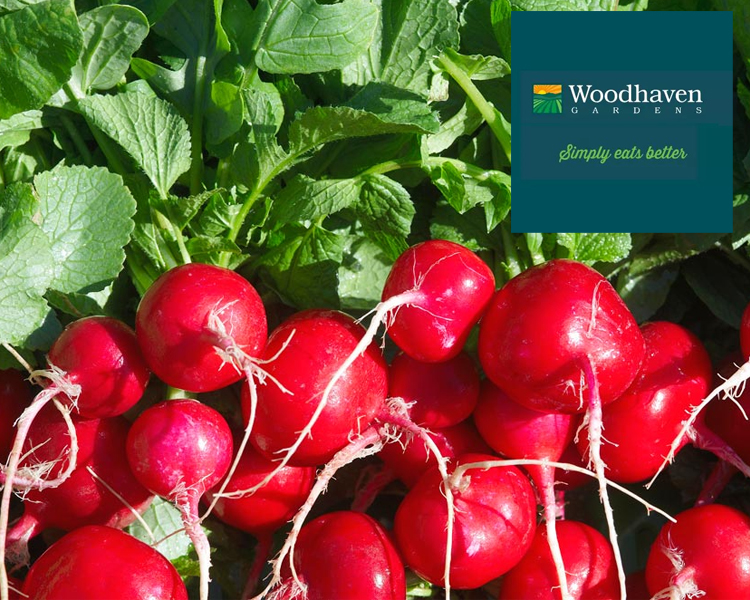
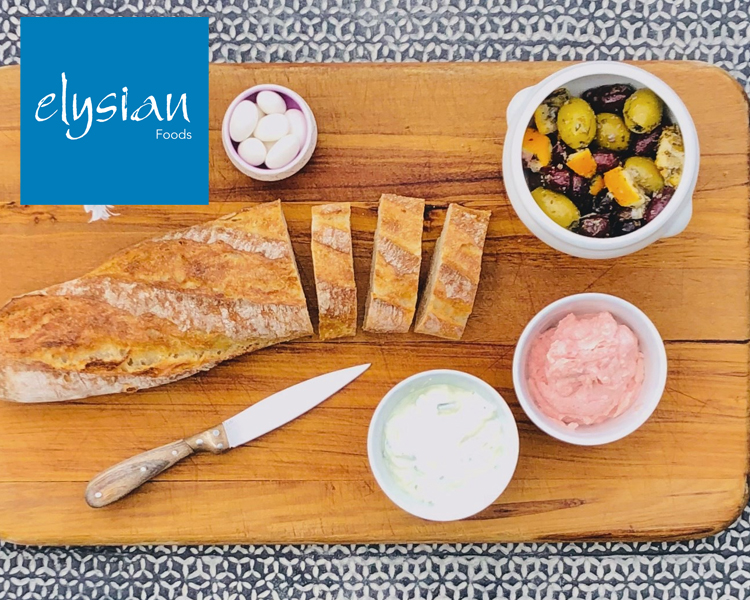
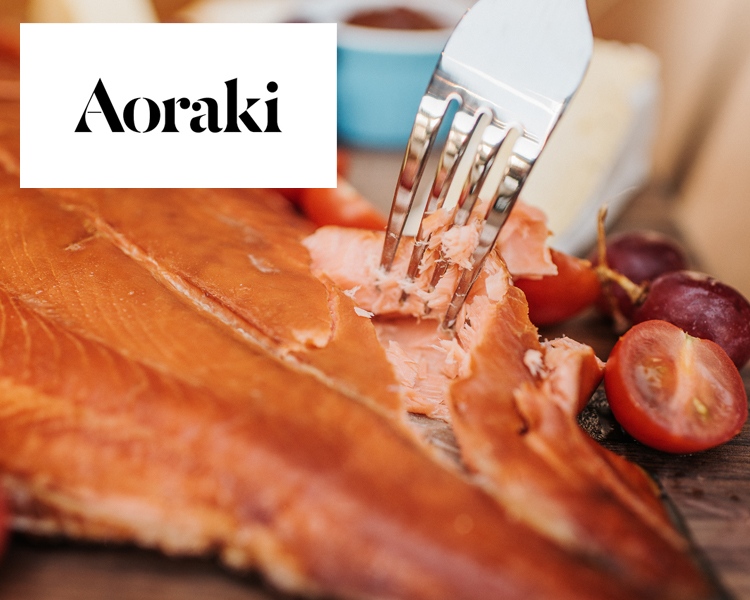
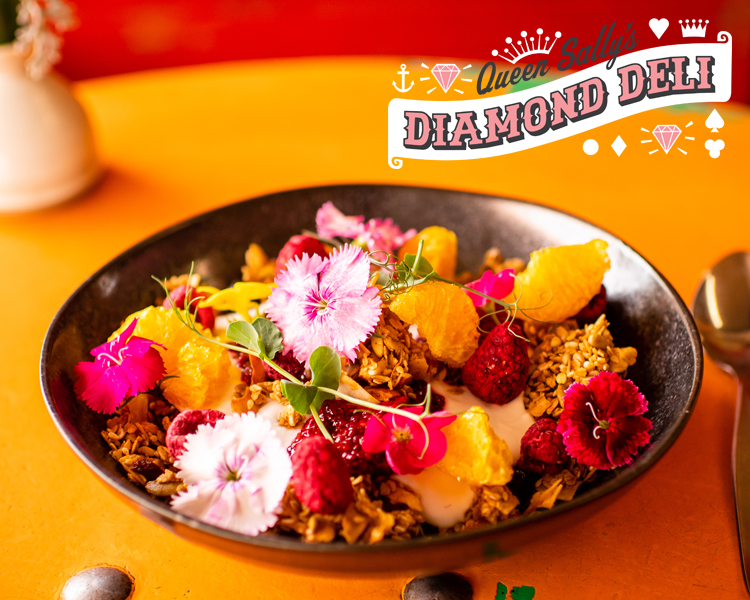
 Recipe shared by Bronwyn Kelly & Katie Richardson
Recipe shared by Bronwyn Kelly & Katie Richardson